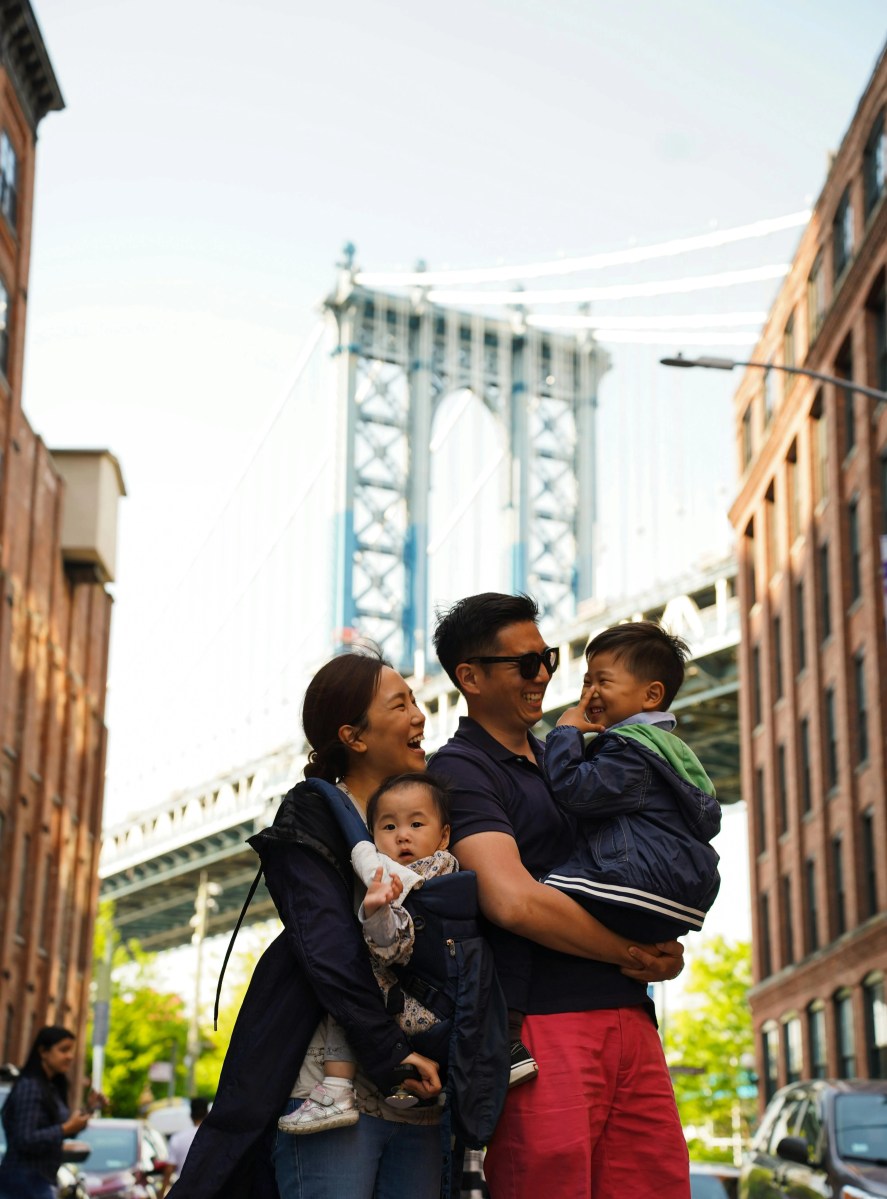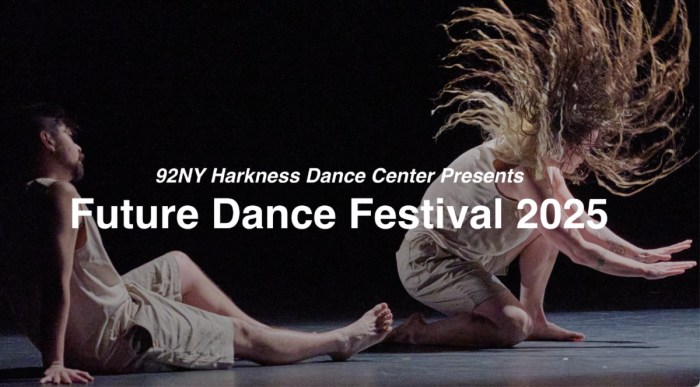One man’s trash is another man’s treasure, especially at the City Reliquary in Williamsburg.
The all-things-New York City museum is asking New Yorkers to get up close and personal with discarded belongings to show just how much we consume and what can be done about it.
Historical photos and “artifacts,” like gritty bottles and old jewelry, will be on display for all to grimace at via an exhibit starting Thursday night.
The first sight you’ll see when you walk into the Reliquary’s “NYC Trash!” is a wall depicting the history of garbage collection in the city, anchored by the words “Disgusting New York,” Bill Scanga, the curator and Reliquary’s board president, said.
The wall will illustrate the long battle against the city’s infamous funk and squalor from when it got to be a real problem — around the turn of the 20th century, Scanga said.
A hand-drawn illustration sets the scene: A Harper’s Weekly magazine cover from 1891 depicts an old man sitting on top of city buildings, donning a crown made of a broken barrel, bottles and cans, and holding a trash can full of waste in one hand and a street cleaning department horse and carriage in the other. “King Garbage Reigns,” the caption reads.
The city had yet to solve its sanitation problem, and it was nasty. Dead Horse Bay, one of the more nightmarish places, was an industrial area in south Brooklyn where horse carcasses were processed. Horse bones and garbage were tossed into the water until the 1930s. It’s been leaking trash (shoes, bottles, dishware) into the water and washing up on the beach since the 1950s, when the landfill’s cap burst.
“It was pretty disgusting and smelled terrible,” Scanga said. Staten Island’s Fresh Kills, a 2,200-acre landfill, started out as a solution but ended up adding to the trash collection problem, he added.
Photojournalist Jacob A. Riis caught a lot of the on-street squalor in the late 1800s on film, and some of those harrowing shots are part on display.
Nelson Molina, the sanitation department worker profiled in The New York Times in 2012 for his monumental collection of castoffs, will share his wares inside the museum as well. Look for trinkets from his stockpile — vintage jewelry, Furbies, decanter tags and much more — from his massive garage.
Once visitors have learned of our city’s smelly past, they’ll find out what’s being done to address our wasteful ways and new ideas on how to cut down on it for the future.
Five organizations — Hack:Trash:NYC, Industrial/Organic, Lower East Side Ecology Center, Materials for the Arts and RISE Products — will be featured on how each of them is combating the waste problem. RISE, for example, recycles spent grains from breweries into baking flour, Scanga said.
Artists Mierle Laderman Ukeles and Larry Racioppo also have a spotlight — both specialize in capturing the urban landscape, which often includes waste, on film and sculpture.
The exhibit will grow, too: Additional artists will be invited to contribute pieces to the Reliquary’s backyard in April.
“We’re burying ourselves in garbage,” Scanga said. “When you see this exhibit, it won’t take long before you buy yourself a reusable water bottle. We really wanted to give people a sense of, ‘wow, this is a lot of stuff we have to deal with.’ ”
“NYC Trash! Past, Present & Future” opened on Nov. 2 and continues through April 29. The Reliquary is open Thursdays through Sundays, from noon to 6 p.m. Admission is $7.
The opening reception, which will feature a garbage truck lined with mirrors by Ukeles, is set for Nov. 12 at noon. Visit cityreliquary.org for more information.
































